With its deep historical roots and significant spiritual connection to the Buddha’s enlightenment, the Kalutara Bodhiya stands as a vital pilgrimage site in Sri Lanka.
You are invited to explore its stunning architecture, rich traditions, and vibrant festivals, each offering a unique opportunity to deepen your understanding of Buddhist heritage.
This sacred site not only serves as a symbol of hope but also acts as a serene escape, inviting you to quench your thirst for inner peace amidst its timeless beauty.
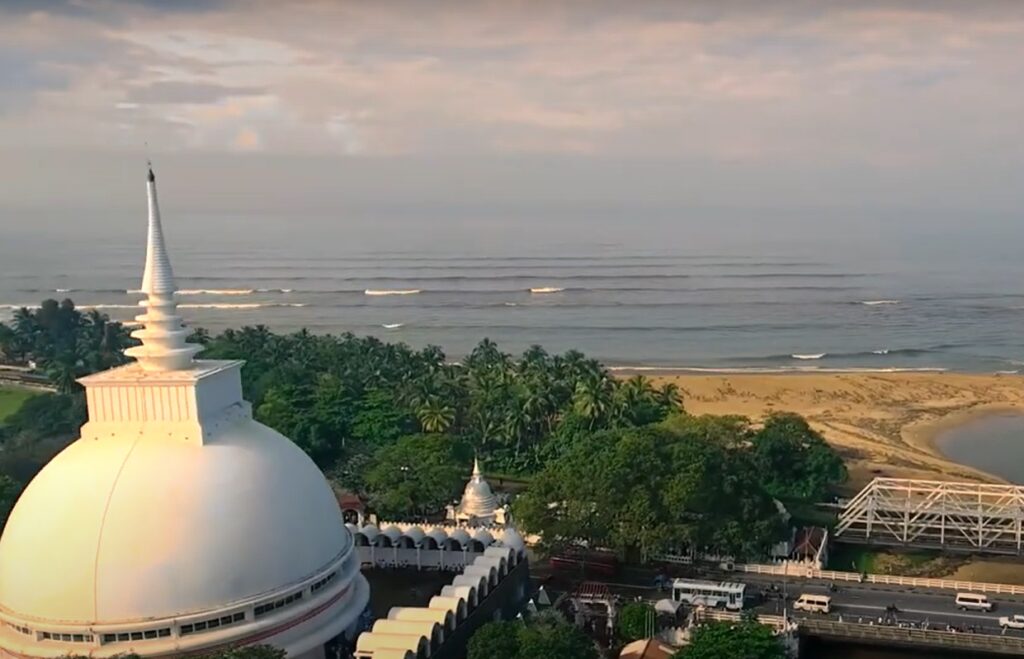
Historical Roots and Significance of Kalutara Bodhiya
As you explore the Kalutara Bodhiya, you will discover its rich historical roots and immense significance within Sri Lanka’s Buddhist heritage.
This sacred site is not just a pilgrimage location; it holds centuries of spiritual tradition, reinforcing its status as a beacon of hope for devotees seeking enlightenment and connection to the Buddha’s teachings.
Origins and Sacred Legends
Bodhiya holds a special place in the hearts of Sri Lankan Buddhists, as it descends directly from the Sri Maha Bodhi in Anuradhapura, a vital symbol of the Buddha’s enlightenment.
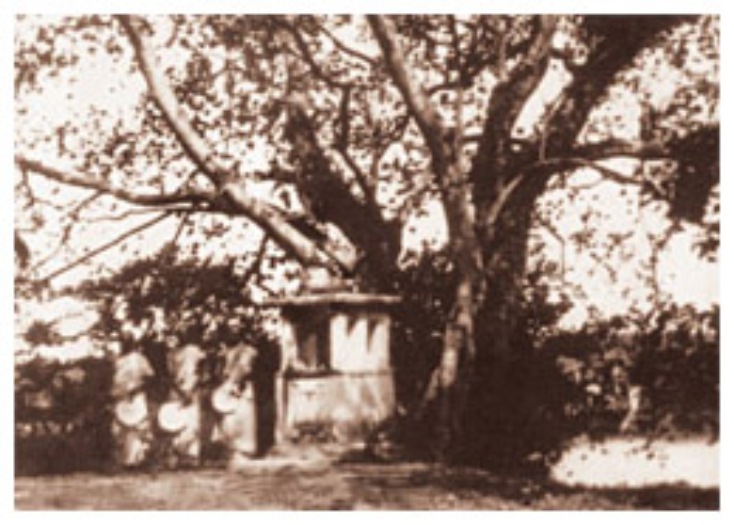
Local legends vividly narrate the journey of Buddhist monks who brought this sapling from India, embodying the sacred connection to Buddha’s teachings that you can feel when visiting.
Cultural Impact and Preservation
To appreciate the Kalutara Bodhiya’s rich legacy, you must recognize its profound cultural significance in the region.
This iconic Bo tree has served as a barometer for societal prosperity and embodies a living link to Sri Lanka’s spiritual identity, representing over two millennia of uninterrupted devotion.
In addition, the Bodhiya’s survival through colonial challenges and natural disasters speaks volumes about the dedication of its devotees.
Local records reveal that during the Portuguese occupation, followers went to great lengths to protect this sacred site.
This commitment not only preserved a vital piece of Sri Lanka’s Buddhist heritage but also established the Kalutara Bodhiya as a cultural cornerstone where traditional practices endure, allowing both pilgrims and visitors to engage deeply with their spiritual heritage.
Religious and Cultural Context
It is necessary to understand that the Kalutara Bodhiya stands as a focal point of devotion and cultural identity for Sri Lankan Buddhists.
This sacred site not only attracts pilgrims from across the nation but also serves as a symbol of spiritual resilience, representing an unbroken lineage of Buddhist teachings that have persisted for over two millennia.
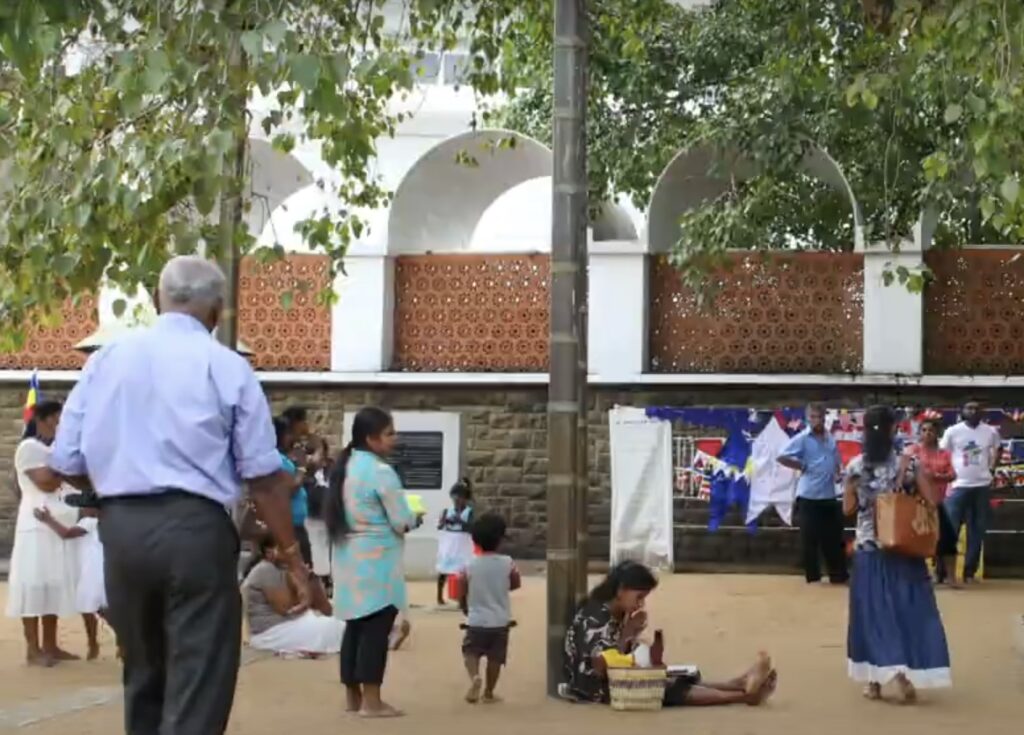
Visiting the Bodhiya allows you to immerse yourself in a rich tapestry of traditions that bind the community together and affirm the island’s cultural heritage.
Symbolism of the Bodhi Tree
Around the Kalutara Bodhiya, the sacred Bodhi tree symbolizes wisdom and enlightenment. This living tree, believed to be a descendant of the original tree under which Buddha attained enlightenment, stands as a timeless source of inspiration for devotees.
Its presence serves as a reminder of the profound teachings and the ultimate goal of spiritual awakening that you can aspire to achieve through dedicated practice.
Community Celebrations and Festivals
After understanding the significance of the Kalutara Bodhiya, you will discover that the site comes alive during community celebrations and festivals.
The annual Vesak and Poson festivals attract thousands who gather to honor Buddha’s life and teachings, creating a vibrant atmosphere filled with devotion and joy.
To experience the true essence of community celebrations, you should participate in the Vesak and Poson festivals, when the temple hosts over 100,000 visitors in a spectacular display of faith.
During these sacred observances, devotees engage in overnight meditation sessions and light countless oil lamps, symbolizing enlightenment. The Kalutara Perahera adds to the excitement with its grand procession of elaborately decorated elephants and traditional performers, allowing you to connect with a rich cultural heritage while fostering a sense of belonging among fellow pilgrims.
Buddhist Pilgrimage Traditions
Any visit to the Kalutara Bodhiya connects you to centuries-old practices that embody the essence of Buddhist pilgrimage.
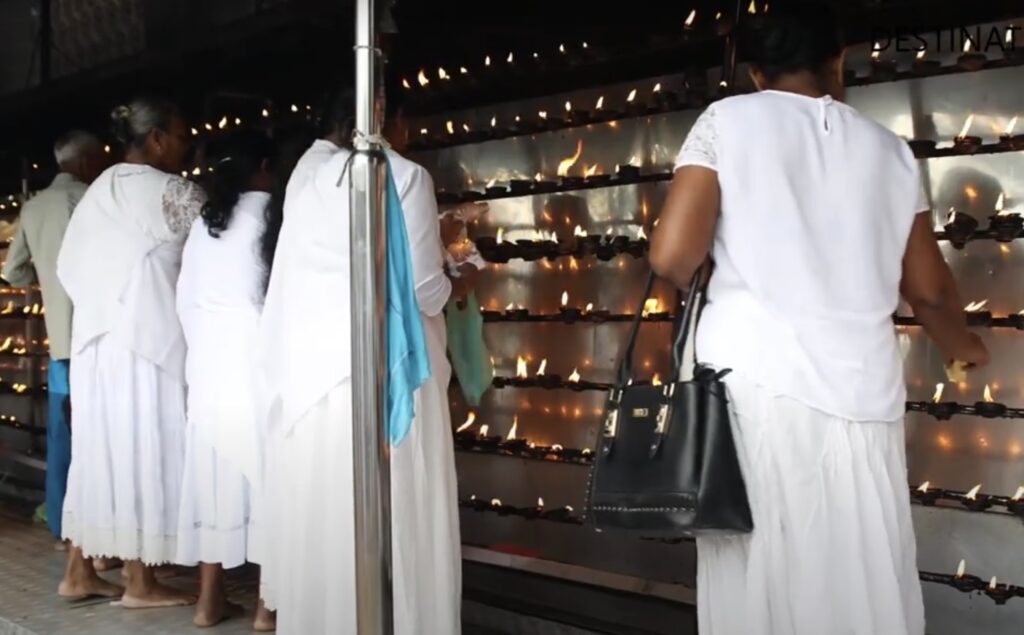
This sacred site serves as a destination where devotees engage in time-honored traditions, seeking spiritual merit through their veneration of the sacred Bodhi tree.
By immersing yourself in these customs, you deepen your understanding of the rich tapestry woven by generations of pilgrims who have journeyed here.
Pilgrimage Practices
Before engaging in your pilgrimage, you will find that many devotees perform the practice of “pradakshina,” which involves circumambulating the sacred tree three times.
This ritual act symbolizes devotion and commitment to the teachings of Buddhism, creating a connection that enhances your spiritual journey.
Additionally, bringing offerings such as flowers, incense, and oil lamps signifies your respect and gratitude, enriching your experience at this revered site.
Spiritual Significance of Pilgrimage
Behind the act of pilgrimage lies a profound connection to your spiritual path. Visiting the Kalutara Bodhiya is not just a journey; it represents an opportunity for deep reflection and personal growth.
By participating in these age-old customs, you align yourself with the unbroken lineage of dharma teachings that have shaped Sri Lanka’s cultural identity.
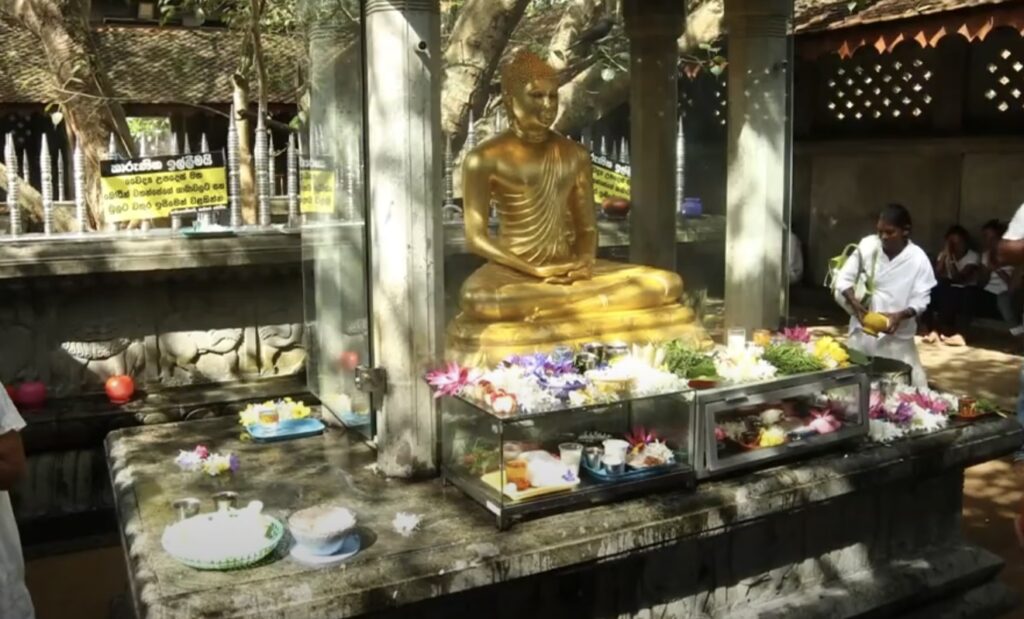
This pilgrimage creates community bonds while you express your devotion and cultivate mindfulness. Engaging in this process allows you to foster a deeper sense of belonging within the global Buddhist community.
Rituals and Festive Celebrations
To fully experience the vibrant spiritual ambiance of Kalutara Bodhiya, you should partake in its various rituals and festive celebrations.
These practices create a unique blend of devotion and community that attracts thousands of visitors each year, especially during significant Buddhist observances.
The atmosphere transforms with visual splendor, inviting you to connect deeply with the ancient traditions of Sri Lankan Buddhism.
Poya Days and Special Observances

Celebrations during Poya days bring the temple alive with heightened spiritual energy.
On these full moons, particularly during the Vesak and Poson festivals, you can witness countless oil lamps illuminating the sacred grounds, symbolizing enlightenment.
These gatherings often involve all-night meditation and communal offerings, allowing you to immerse yourself in the profound teachings of Buddhism.
Kalutara Perahera
With its grand procession, the annual Kalutara Perahera is a highlight of the temple’s calendar.
This vibrant festival typically occurs in February or March, showcasing elaborately decorated elephants and traditional performances that draw over 100,000 visitors annually.
You will experience a mesmerizing spectacle of culture and devotion, as participants engage in rhythmic dances and ceremonies that honor the significance of the Bodhi tree.
And during the Kalutara Perahera, you can appreciate the rich heritage of Sri Lankan culture as you witness the exquisite dances performed by Kandyan artists.
The sounds of traditional drumming fill the air, while dazzling lanterns illuminate the surroundings, creating a magical atmosphere.
This spectacular event not only celebrates the sacred Bodhi tree but also reinforces community bonds, making it an unforgettable experience for all who attend.
Additionally, you’ll find that each element of the festival reflects centuries of devotion and artistry, inviting you to become part of a living tradition that continues to inspire.
Local Customs and Ceremonies
For visitors to the Kalutara Bodhiya, immersing yourself in local customs and ceremonies offers a unique glimpse into the rich spiritual tapestry of Sri Lankan Buddhism.
Devotees frequently participate in rituals such as offering flowers, incense, and oil lamps while reciting traditional Pali prayers. These practices create a vibrant atmosphere that connects you to centuries of devotion and community spirit.
Weekly Bodhi Puja
On Wednesdays, Kalutara Bodhiya hosts a special ceremony known as Bodhi Puja, where devotees encircle the sacred Bodhi tree seven times, offering prayers and offerings.
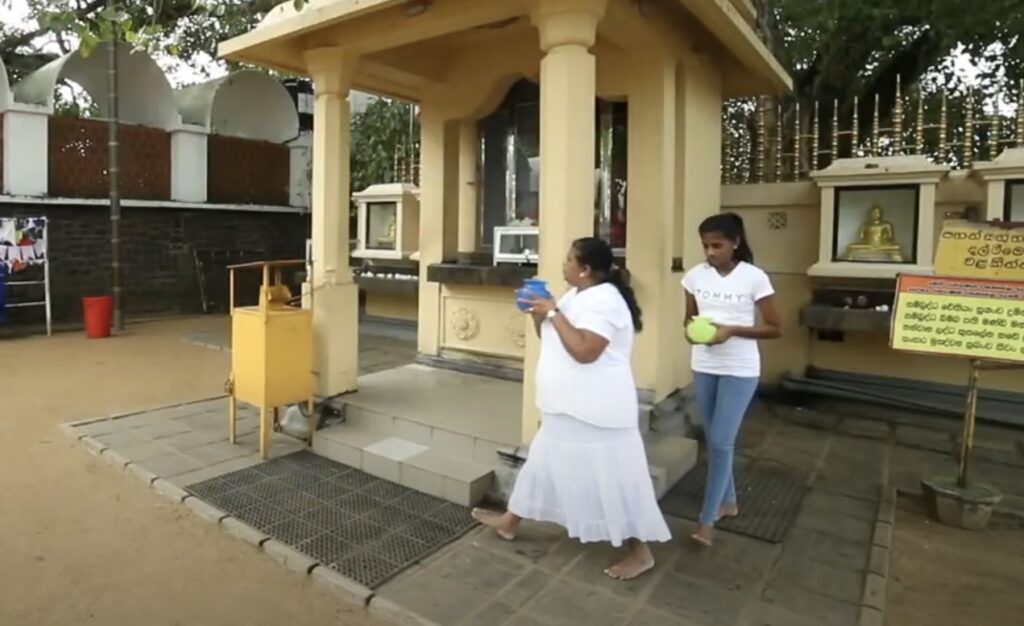
This weekly ritual is rooted in ancient traditions and serves to purify the mind and generate positive karma for participants.
Celebratory Observances
Before each significant full moon, the temple transforms into a magnificent spectacle as thousands gather to honor Buddhist teachings through vibrant celebrations.
These events highlight the spiritual bond among practitioners, offering opportunities to engage in meditative activities and communal prayers.
But during major festivals like Vesak, the temple becomes alive with a breathtaking display of colorful lanterns, while oil lamps flicker around the sacred Bo tree, signaling a time for community reflection and celebration.
You may find yourself mesmerized by the energy of the crowd as thousands participate in all-night meditation sessions and dana (almsgiving) ceremonies. These observances not only honor Buddha’s life but also promote a deep sense of unity and spiritual renewal among attendees.
Architectural and Environmental Dimensions
Once again, the Kalutara Bodhiya exemplifies a harmonious blend of spiritual significance and environmental sensitivity.
The temple’s pristine white dagoba, rising majestically amidst lush gardens, becomes a radiant focal point for pilgrims.
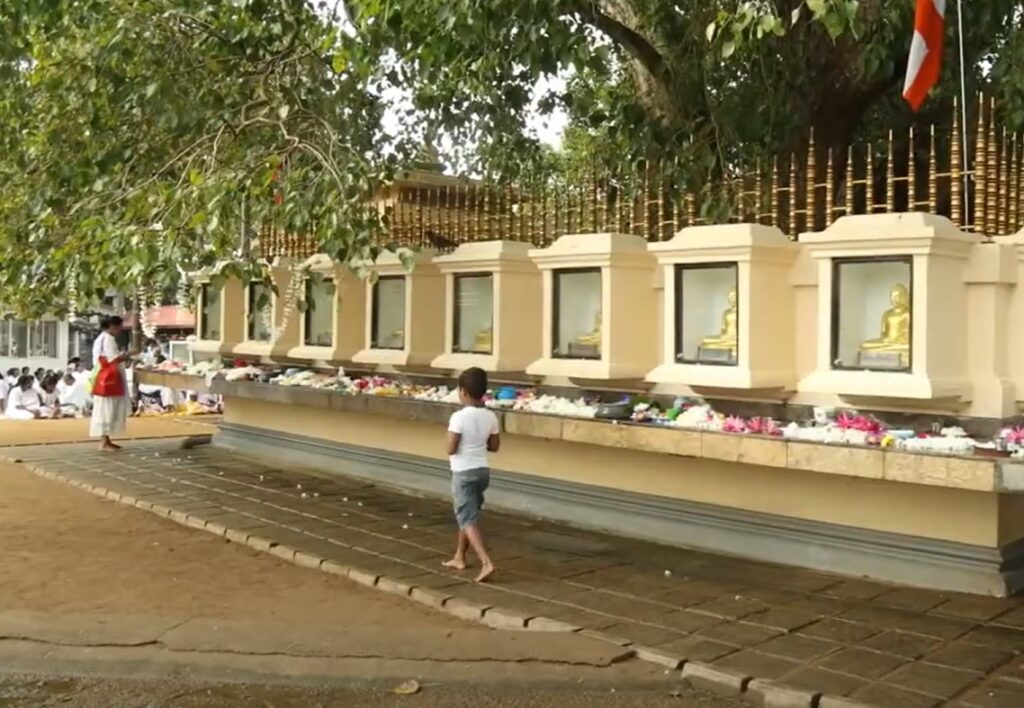
Thoughtfully designed pathways enhance your contemplative journey, guiding you through this serene landscape while fostering a deep connection to nature and spirituality.
Design and Structure of the Temple
On your visit, you’ll notice that the temple complex’s architecture reflects centuries of Buddhist traditions.
The white dagoba not only serves as a shelter for the sacred Bodhi tree but also embodies the essence of Buddhist cosmology.
Its elegant design captures the eye, inviting you to explore further while immersing you in a profound spiritual atmosphere.
Environmental Considerations
For the Kalutara Bodhiya, embracing the environment is as important as its spiritual mission.
The temple grounds employ intelligent natural drainage systems that adapt to the seasonal rainfall patterns typical of the coastal region.
This thoughtful approach ensures that the sacred site remains accessible while minimizing the risk of flooding or soil erosion, thus preserving the integrity of this cherished landmark.
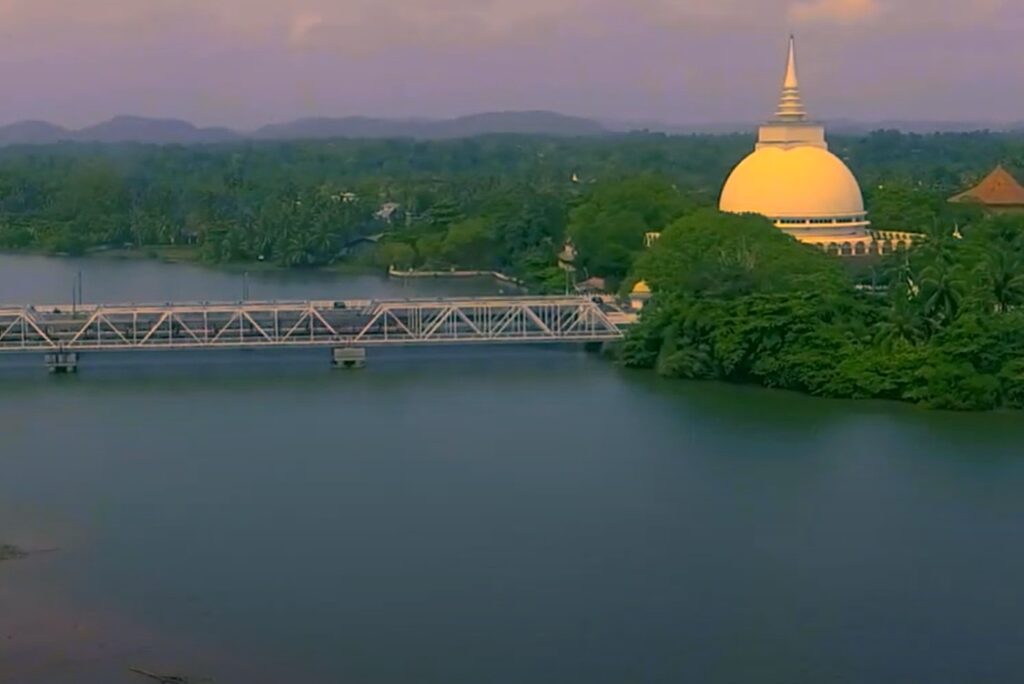
Even beyond this, the temple’s landscaping integrates native vegetation to enhance the local ecosystem, promoting biodiversity while creating a serene setting for meditation.
By harmonizing architecture with nature, you can experience a tranquil environment that not only protects the sacred Bodhi tree but also supports the local wildlife.
Engaging with the environment in this way enriches your spiritual journey, encouraging a deeper understanding of how sacred spaces can reflect and nurture their surroundings.
Conclusion
The Kalutara Bodhiya serves as a profound testament to Sri Lanka’s rich Buddhist heritage, inviting you to immerse yourself in its spiritual significance and cultural practices.
As you explore this sacred site, you connect not only with the ancient traditions that have shaped its story but also engage with a vibrant community of devotees who share your quest for inner peace and enlightenment.
Visiting the Kalutara Bodhiya offers you a unique opportunity to reflect, rejuvenate, and deepen your understanding of Buddhism in a living cultural context.


